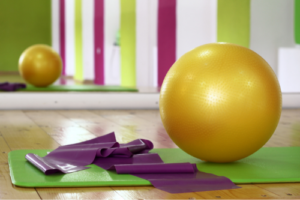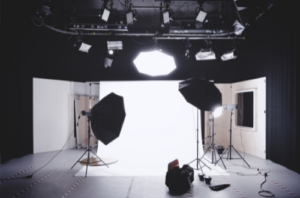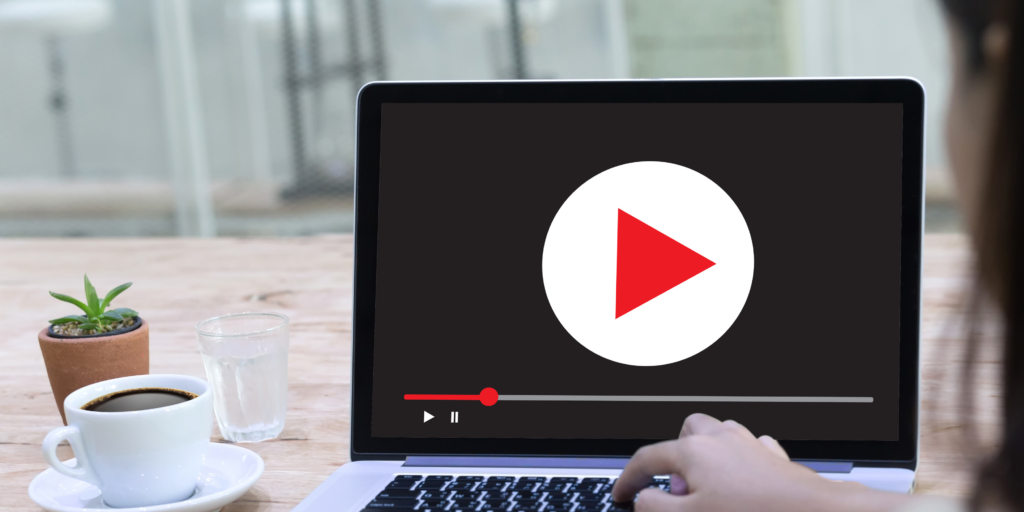Preparing patients for telehealth helps ensure that the session runs as smoothly and as effectively as possible. Below we have compiled a few resources and suggestions on how to best prepare your patient for telehealth. Check out the content below!
Introductory Video
 Before the telehealth session, prepare the patient so they know how to optimism their environment – including device set up, lightning, and having any potential equipment options close by.
Before the telehealth session, prepare the patient so they know how to optimism their environment – including device set up, lightning, and having any potential equipment options close by.
Below is a short video to help you set up your telehealth appointment
You may also wish to create your own personalized short video for patients. Here is an example by Rapid Access Clinic for Low Back Pain (Canada). It provides patients with an overview of what to expect during the session including what movements they may be asked to perform.
Space and Equipment
 The table below provides general recommendations for patient space and equipment needs in a musculoskeletal telehealth assessment.
The table below provides general recommendations for patient space and equipment needs in a musculoskeletal telehealth assessment.
Patient space & equipment suggestions for telehealth
| Body Part | Recommendations |
|---|---|
| Lower extremity & Low back | SPACE: 6-8 feet (3-4 metres) of walking space in front of the camera EQUIPMENT: firm chair with arms for sitting activity; firm surface to lie on (e.g. bed, yoga mat, couch); stable waist-level support for standing activities e.g. railing, furniture, counter, kitchen sink |
| Shoulder | SPACE: 5 feet in front of camera so can move arm(s) in all directions EQUIPMENT: wall to help with movements; light weights, household items (e.g. cans, broom stick, spatula, keys, keyboard) |
| Neck | SPACE: 3 feet in front of camera EQUIPMENT: Firm chair with back support |
| Elbow or hand | SPACE: 3 feet in front of camera EQUIPMENT: Table to rest hand(s) on and show movements |
This table was modified from Bone & Joint Canada Virtual Assessment of Musculoskeletal Conditions: completing a clinical assessment.
Lighting
 For a visual assessment, adequate lighting is required and needs to be positioned in a way that enhances your view of the patient. For example, try to avoid the camera facing a window and have a lamp close by in case additional lighting is required.
For a visual assessment, adequate lighting is required and needs to be positioned in a way that enhances your view of the patient. For example, try to avoid the camera facing a window and have a lamp close by in case additional lighting is required.
Next – Safety
